Fight to save Parramatta’s heritage while CBD proposal is debated
A plan to create 50,200 extra jobs and 15,900 dwellings in Australia’s “next great city” by 2056 could also jeopardise its historic treasures, conservationists say.
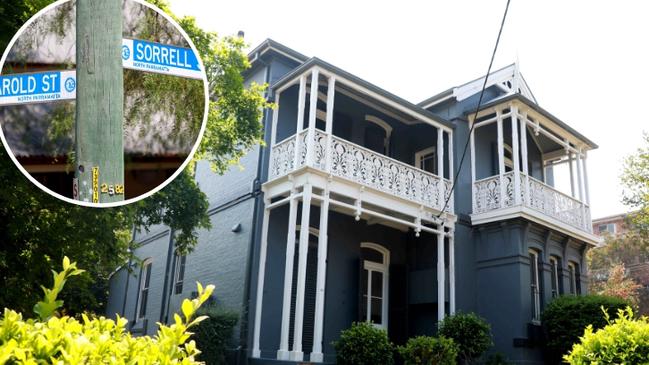
Parramatta
Don't miss out on the headlines from Parramatta . Followed categories will be added to My News.
North Parramatta’s conservationists are fighting harder than ever to retain the suburb’s historical treasures before a plan to allow more high-rise buildings in the neighbourhood is approved.
North Parramatta Residents Action Group fears Parramatta Council’s draft CBD Planning Proposal will permit high-rise buildings up to 30 storeys in the suburb, where 320 properties, such as Victorian houses Currawong and Endrim, are heritage listed.
This would mean some buildings would triple in height from 24m to 80m. They are also concerned south Parramatta will be overlooked in the plan and high-rise buildings would cause overshadowing, more traffic congestion and erode the value of historical gems.
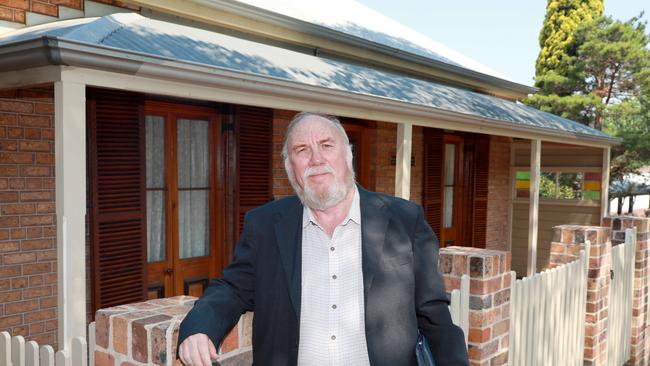
The council first endorsed the CBD plan in 2015 but it was deferred last week because councillors Bill Tyrell, Andrew Jefferies, Bob Dwyer, Michelle Garrard and Paul Han opposed the amendments councillor Phil Bradley suggested to protect north and south Parramatta.
North Parramatta resident Laurie Bennett, who grew up in an 1870-built cottage at Sorrell St and still lives in a duplex on the site, said high-rise buildings in locations such as Harold St and the Sorrell St conservation area would be detrimental.
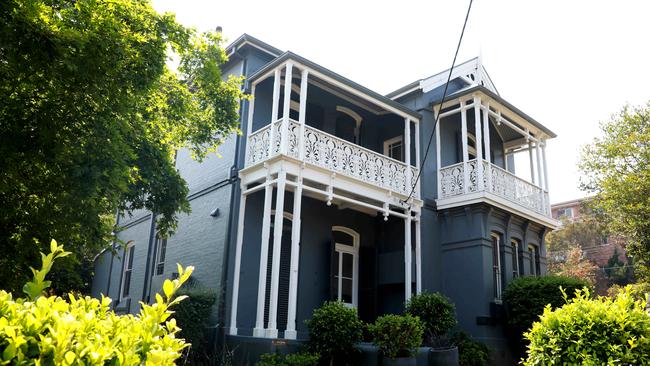
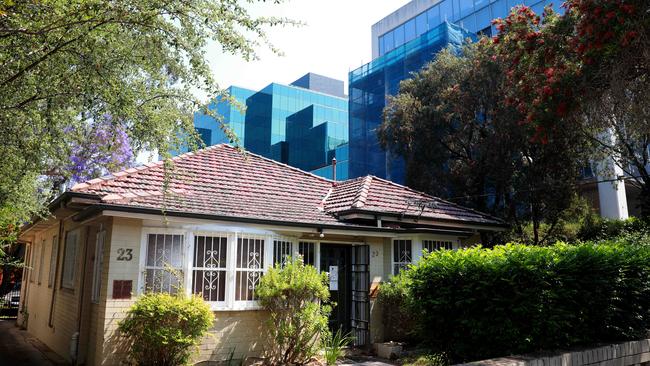
“This whole plan is a disaster … people will pay for it for decades to come,’’ the former Parramatta councillor said.
At Harold St, there are plans for 25-storey apartment blocks at 23-27 that would dwarf the adjacent Currawong House but the proposal was deferred at a recent planning panel meeting.
“This here (Currawong) is even more critical because as you get less and less of it, you need to work harder to maintain it,’’ Mr Bennett said.
He said those proposed apartment blocks could “produce over 1000 people” and there was inadequate infrastructure such as schools to support growth.
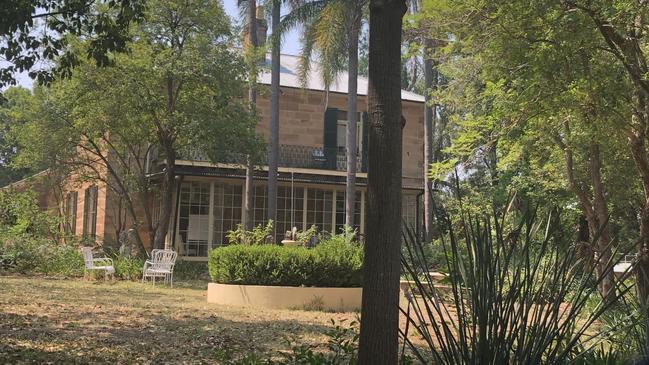
“One of the biggest weaknesses with the CBD strategy is public amenities and public space is hardly mentioned,’’ Mr Bennett said.
Another example is the Sai building at 470 Church St, North Parramatta, which could be demolished for a 30-storey tower similar to those in the CBD.
“No one’s complaining about it being near the station — it’s where it should be,’’ Mr Bennett, said.
“Our group, NPRAG, is not against it. We’re happy for developments to go up at Church St but we get stroppy when it goes to 25 to 30 storeys.’’
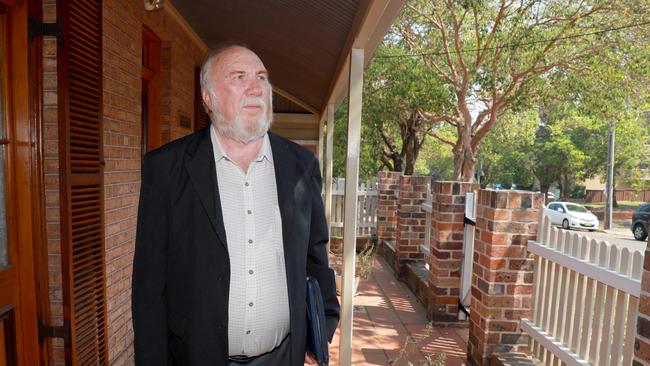
Councillor Donna Davis slammed the decision to delay the CBD proposal.
“Once the council approves the plan it must go to the Planning Department and for public exhibition,’’ she said.
“ … So the challenge is, every time this is delayed, it puts it back again and again and all good developments in that CBD area are not being assessed against these gateway determinations.’’
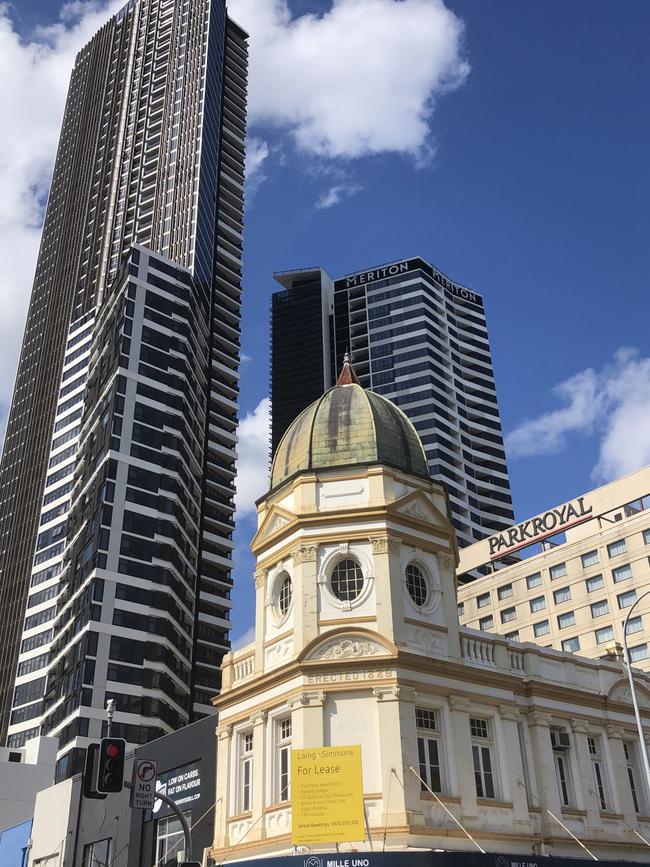
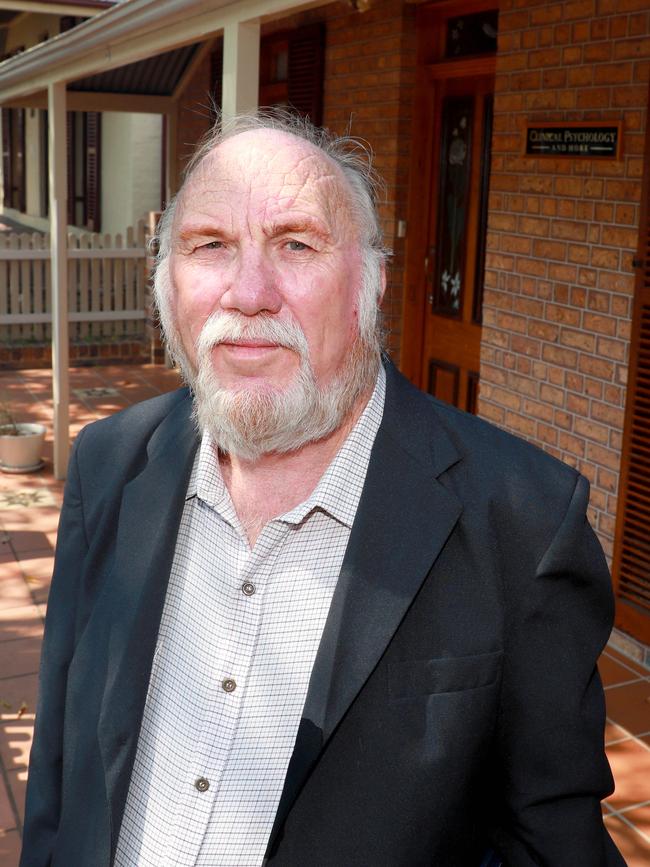
Liberal councillor Andrew Jefferies, who supported a rescission motion after the vote, said that the outcome was in “the best interest of Parramatta” and backed modern high-rise buildings next to historic houses.
“We’re trying to get more office space, more commercial space in Parramatta,’’ he said.
“You don’t threaten heritage buildings by putting a building around it. It’s a farce.
“We’re not knocking down anything, we’re not saying heritage is bad but the activists say the same old thing at every debate.’’
The CBD proposal was created for making Parramatta “Australia’s next great city’’ and aims to deliver 50,200 extra jobs and 15,900 dwellings by 2056.
The council is due to discuss the CBD proposal again at its November 11 meeting. If approved it will go to the Planning Department.
